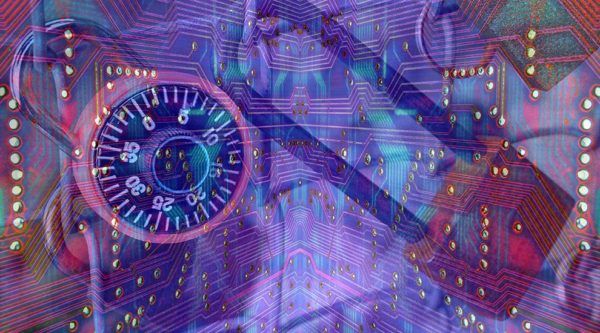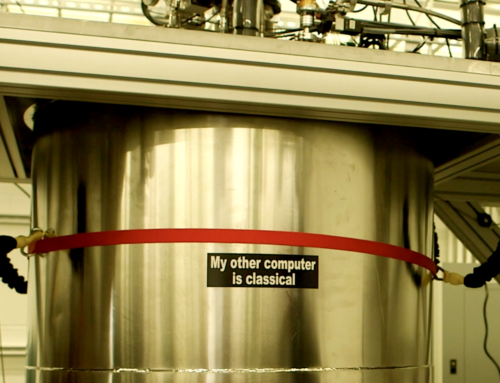Image via Bitcoin Magazine
Gabriella Skoff
Blockchain has been a buzzword in the tech community for some time now. But while you may have heard of it in reference to Bitcoin, the first application of this technology, blockchain has the potential to revolutionize a diversity of sectors and disrupt current power structures world-wide. In applications ranging from banking to the diamond trade, electronic voting to health records, blockchain could be used as a digital ledger for a wide range of “transactions, agreements, contracts”. By securely recording and storing data that is accessible to anyone in the blockchain network and impossible to hack given the current capabilities of computing, this technology promises to enhance security and transparency on a global scale.
The problem is that the coming of age of quantum computing will most certainly pose an existential crisis to the security of blockchain encryption. While blockchain cryptography is currently secure enough to prevent hacking, it will not stand a chance against the powers of quantum computing once this has been fully developed. But while quantum may present the biggest threat to blockchain, it may also be its greatest hope.
Recent research by theoretical physicists Del Rajan and Matt Visser of Victoria University in Wellington, New Zealand, suggests that quantum-izing the entire blockchain could solve this issue. While quantum cryptography has been suggested as a workaround for this issue before, Rajan and Visser’s research is novel. They argue that the solution lies in creating a blockchain that relies on quantum particles entangled in time, rather than space.
With this new structure, any attempt to hack or manipulate the blockchain would result in the link being destroyed, as entanglement is extremely delicate. In their paper, Rajan and Visser explain that by encoding transactions on a quantum particle, or photon, it would be possible to entangle the previous information, allowing the chronologically older blocks to disappear once they have been absorbed into the more recent addition.
According to the research, quantum entanglement in blockchain would actually create what the authors refer to as a ‘quantum networked time machine’ effect:
“…with entanglement in time, measuring the last photon in a block influences the first photon of that block in the past before it got measured. Essentially, current records in a quantum blockchain are not merely linked to a record of the past but rather a record in the past, one that does not exist anymore.”
Importantly, this would produce a dual security benefit. Any attempt to tamper with the quantum blockchain would have to be done only to the available record, the most recent block, as all previously entangled blocks no longer exist, giving these earlier blocks complete immunity to hacking. Further, anyone attempting to tamper with the quantum blockchain will render the entire link invalid, informing the network of the attempted hack.
Perhaps the most enticing element of Rajan and Visser’s work is their claim that: “…all the subsystems of this design have already been shown to be experimentally realized”. However, this does not mean that the technology is going to being available for large-scale application in the coming months or even years. Quantum computing and certainly quantum blockchain is still mostly confined to the realm of theoretical physics. The same argument goes for blockchain, which many have cautioned is still decades away from reaching its potential.
Nevertheless, it clear that there is exciting promise for these two disruptive technologies to work in tandem in the future. And while our enthusiasm for this future should be couched with a certain level of cautious realism, it is exciting to imagine the global impacts of a quantum blockchain revolution in business, politics and beyond.
It is no mistake that the conversation around these new technologies can eerily echo that of the early era of the Internet in creating a previously unimaginable, egalitarian and decentralized space. Given this, it is certainly of value to think ahead in order to ensure that the ways in which these emerging technologies will be used is consciously targeted to benefit society. In doing so, perhaps we can better ensure their potential power is not co-opted to serve only the few, but the many.







[…] applications such as quantum key distribution, and even some research into the creation of a quantum blockchain—potential solutions to the quantum computing security threat. Surprisingly, however, these are […]